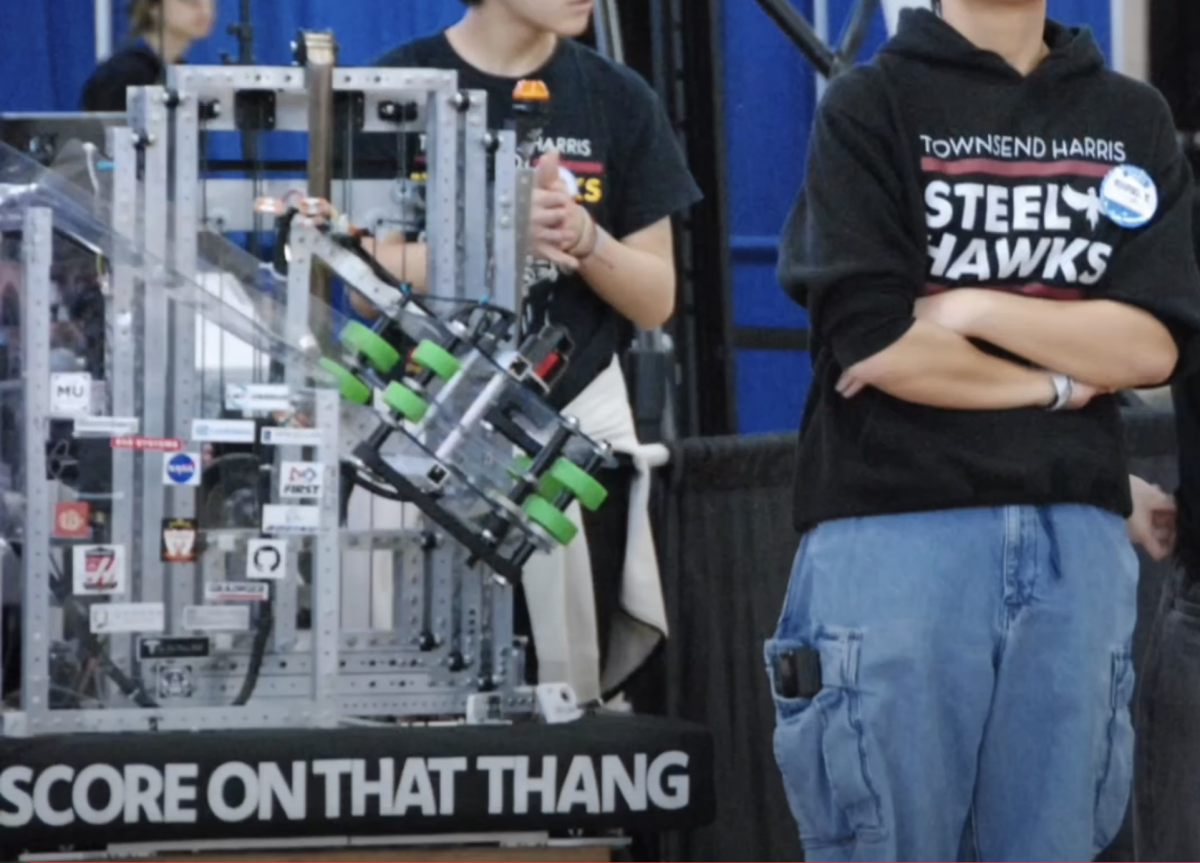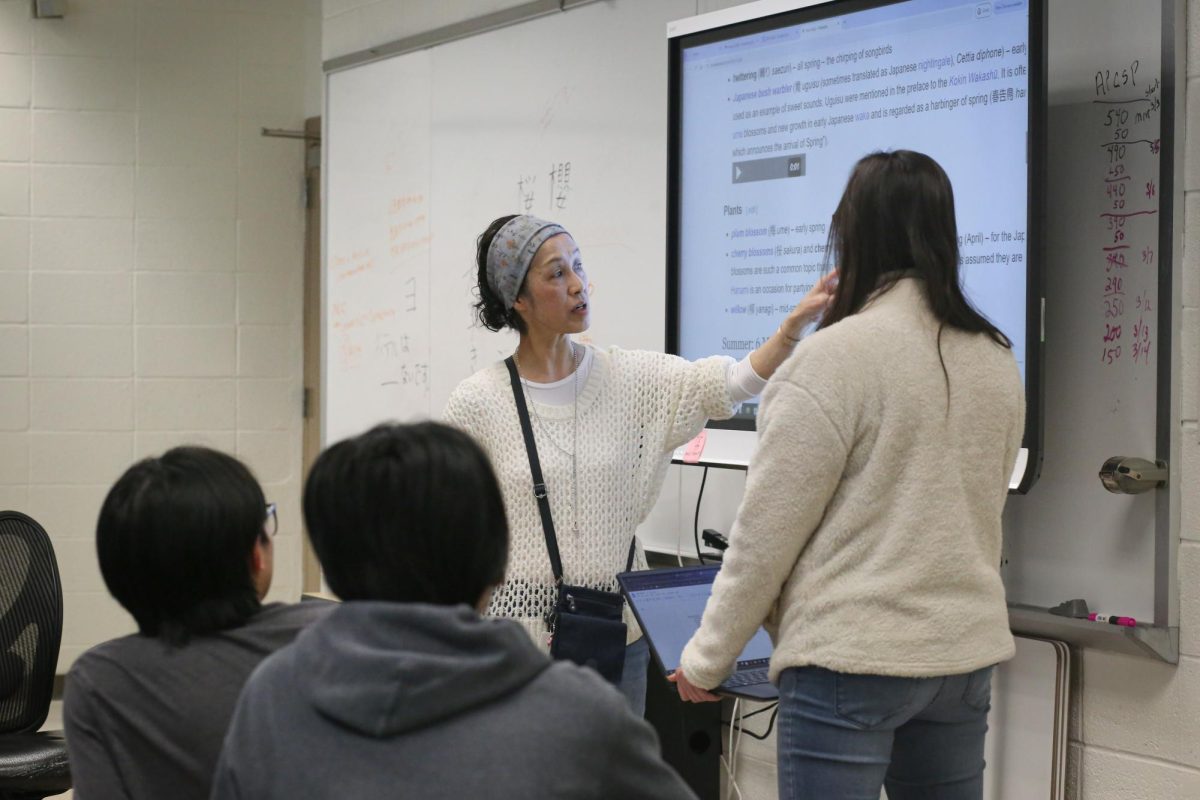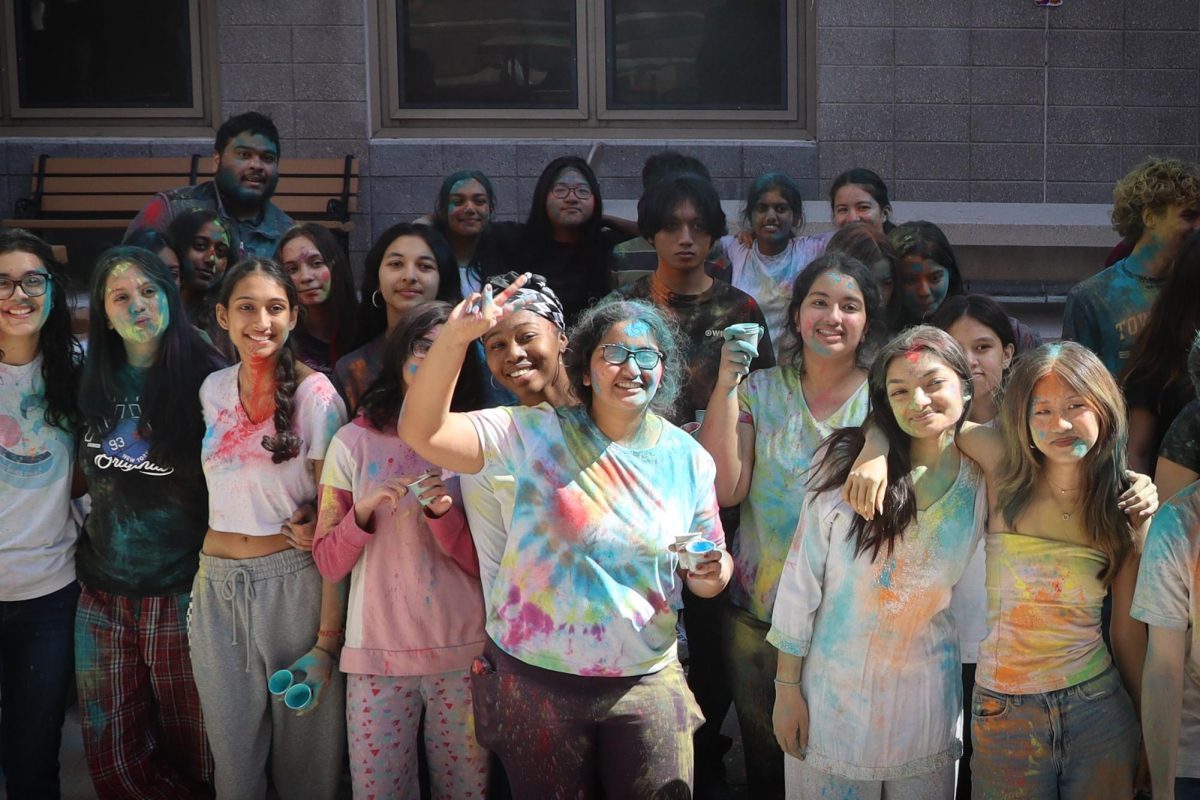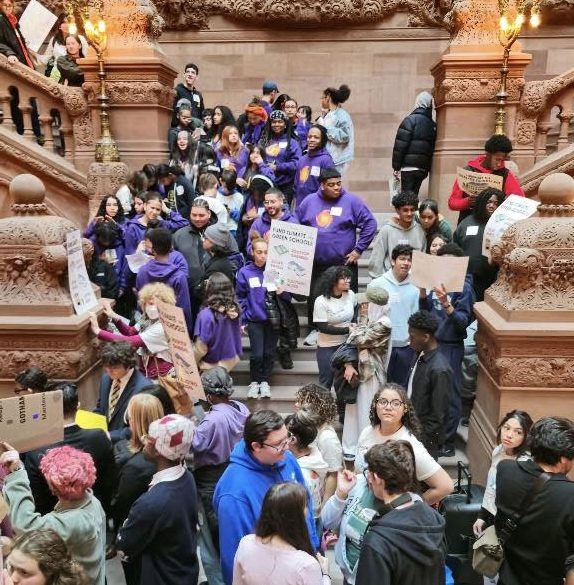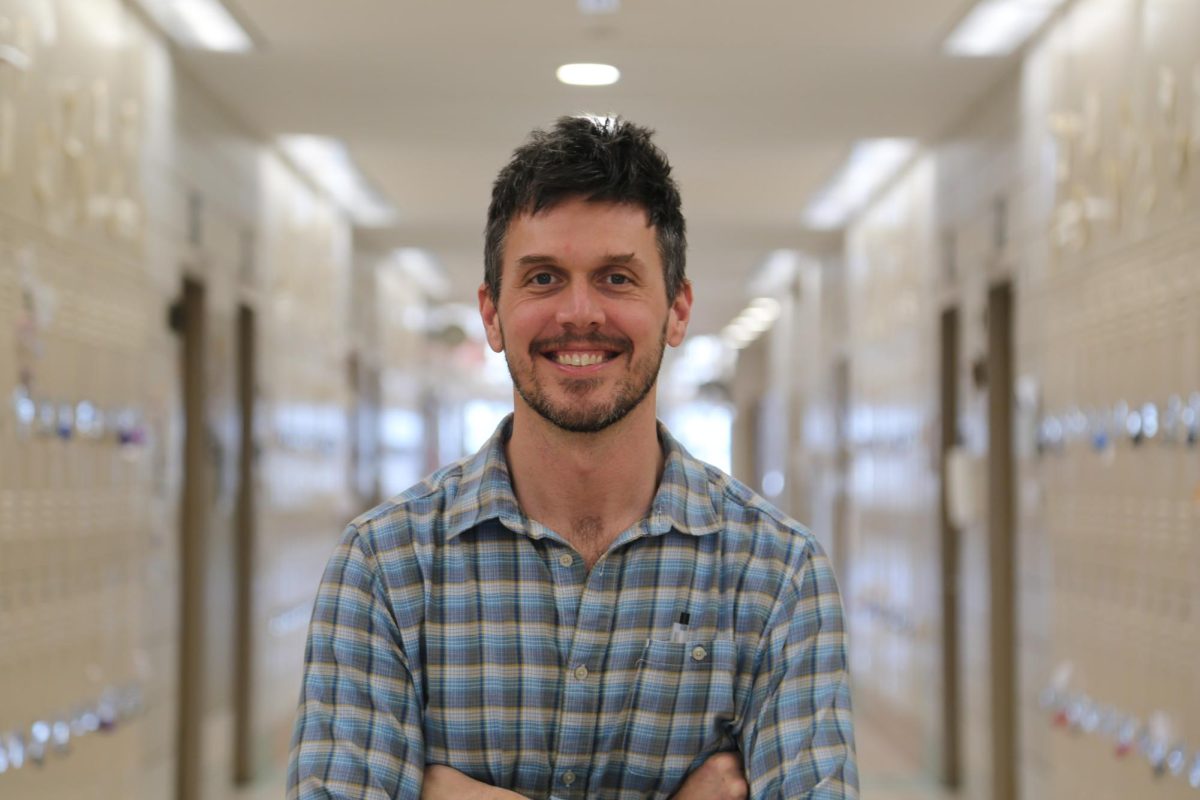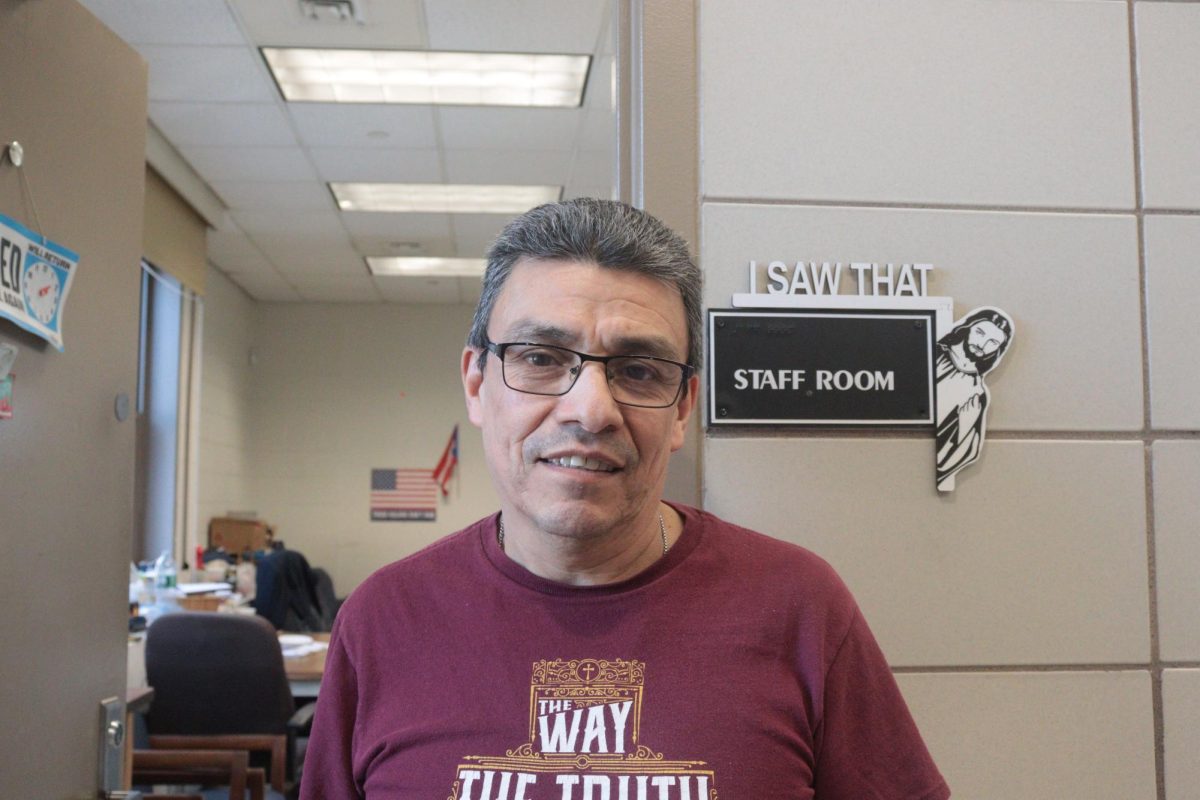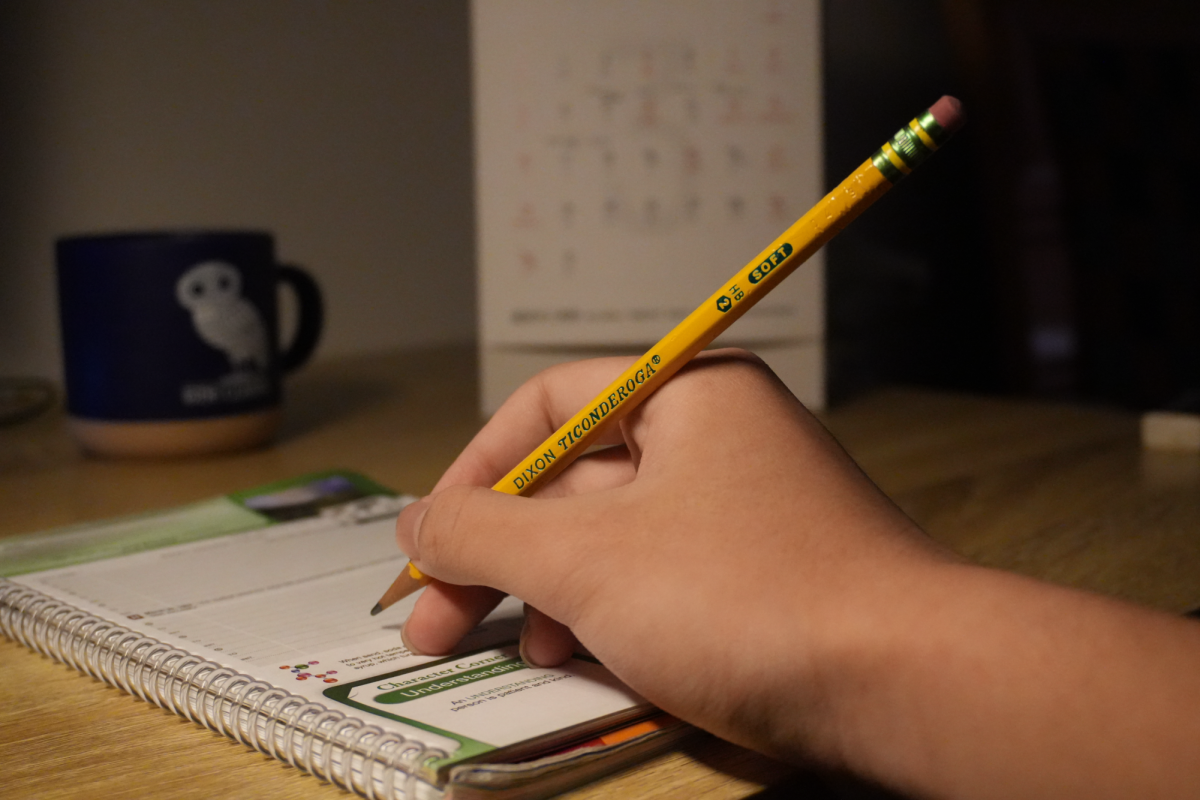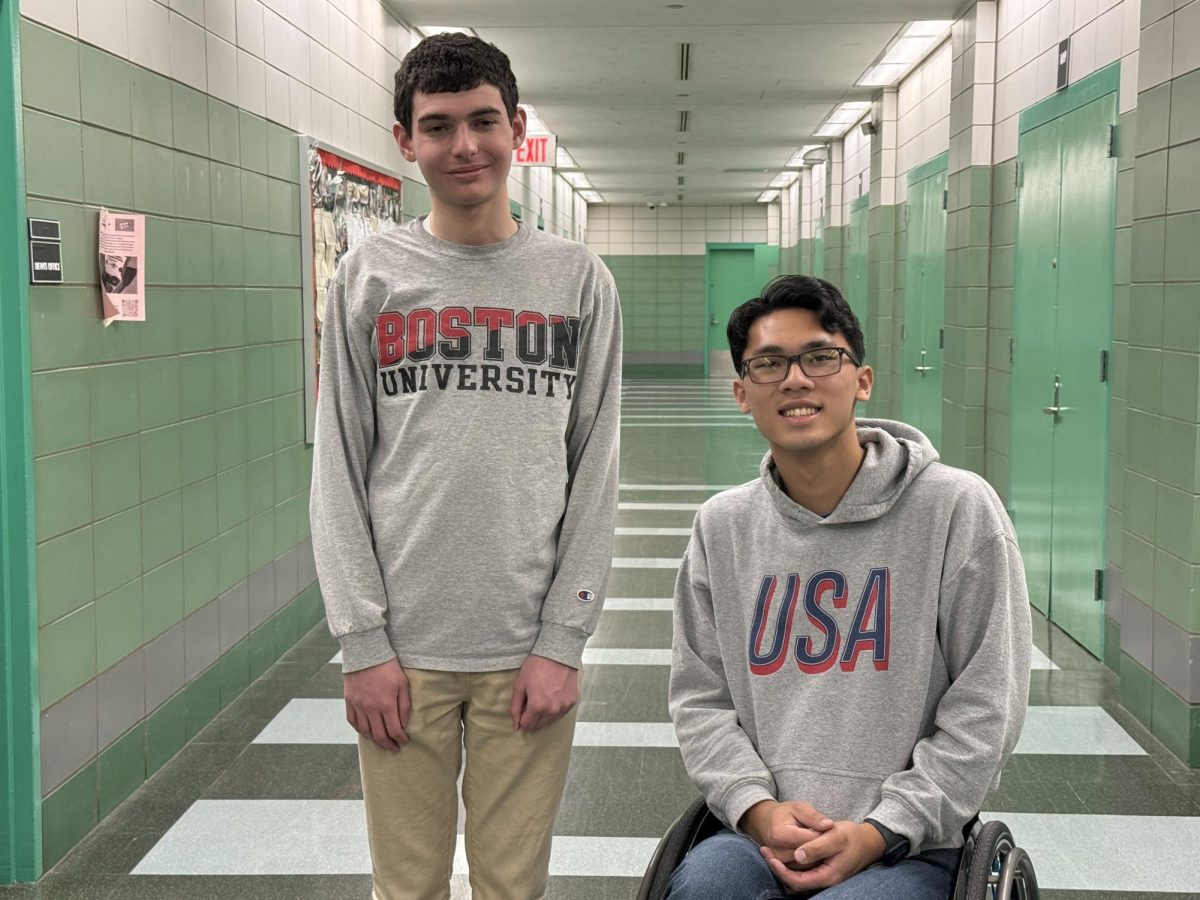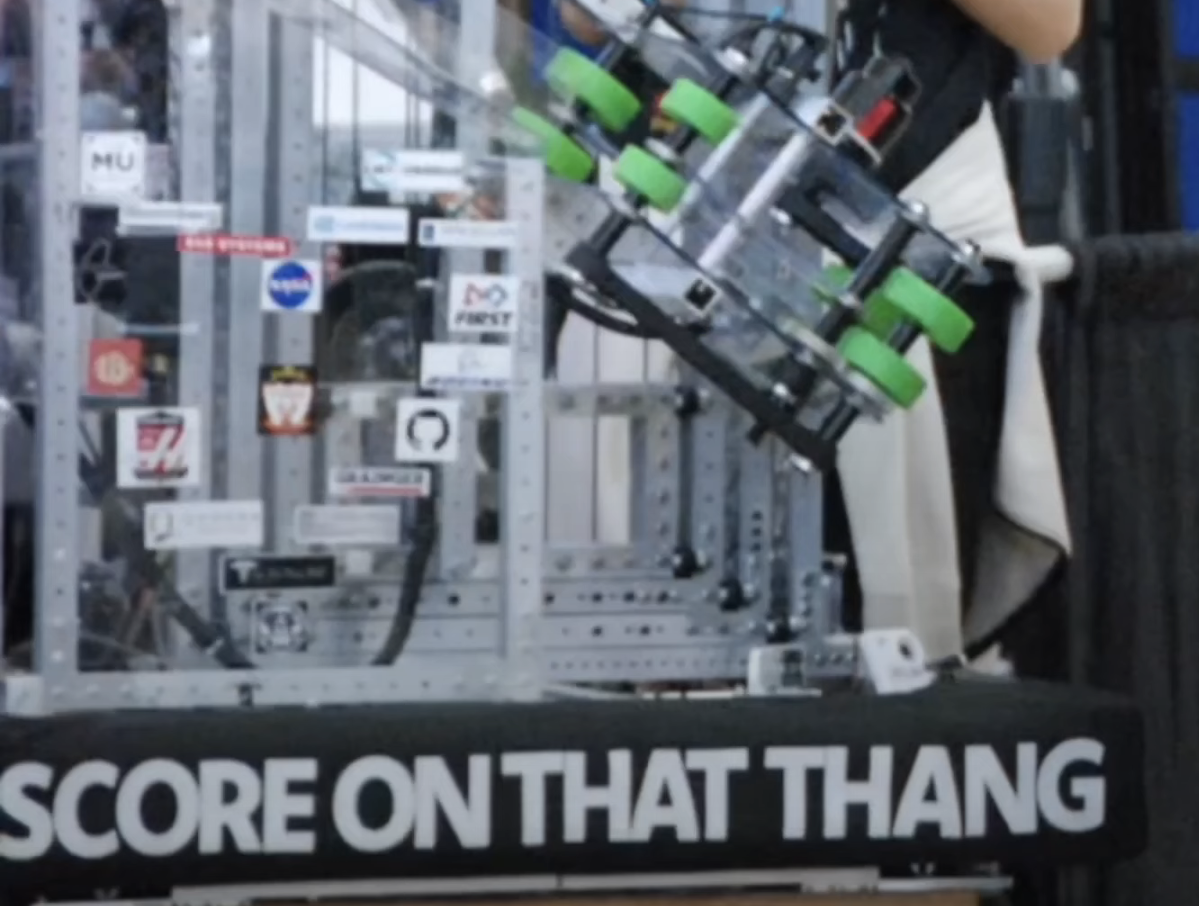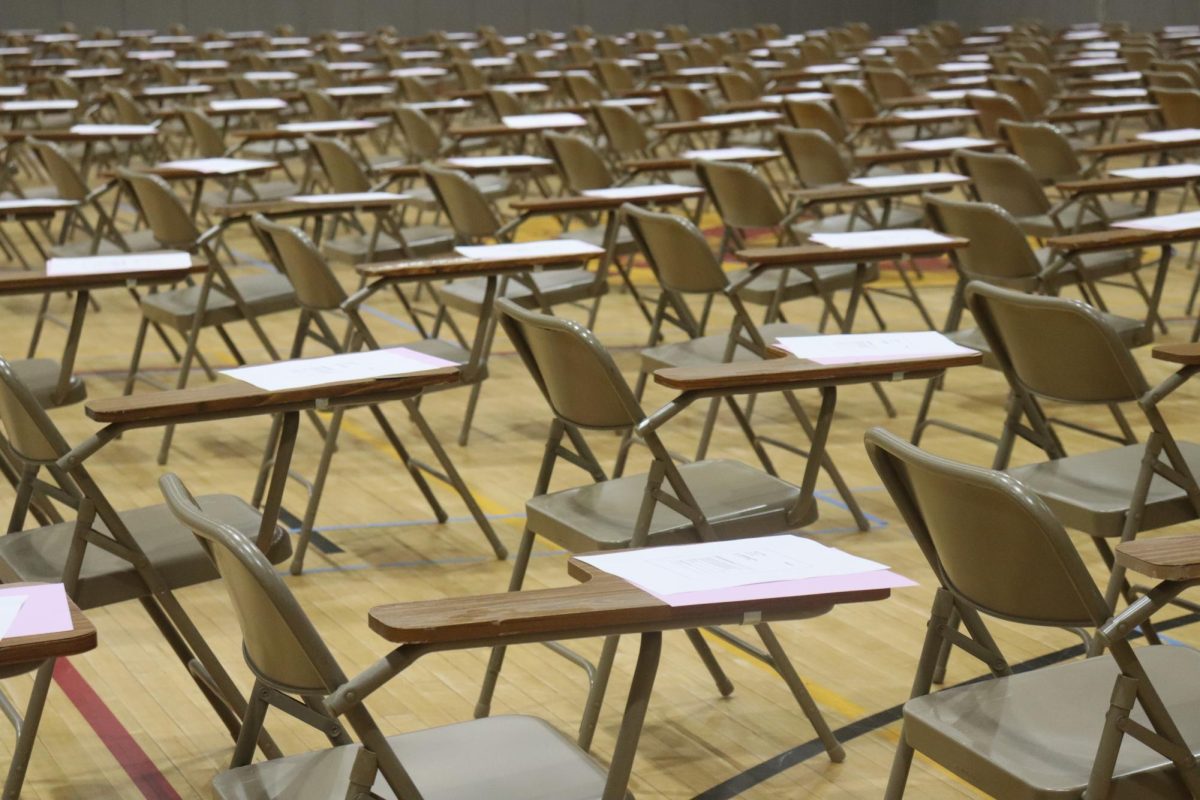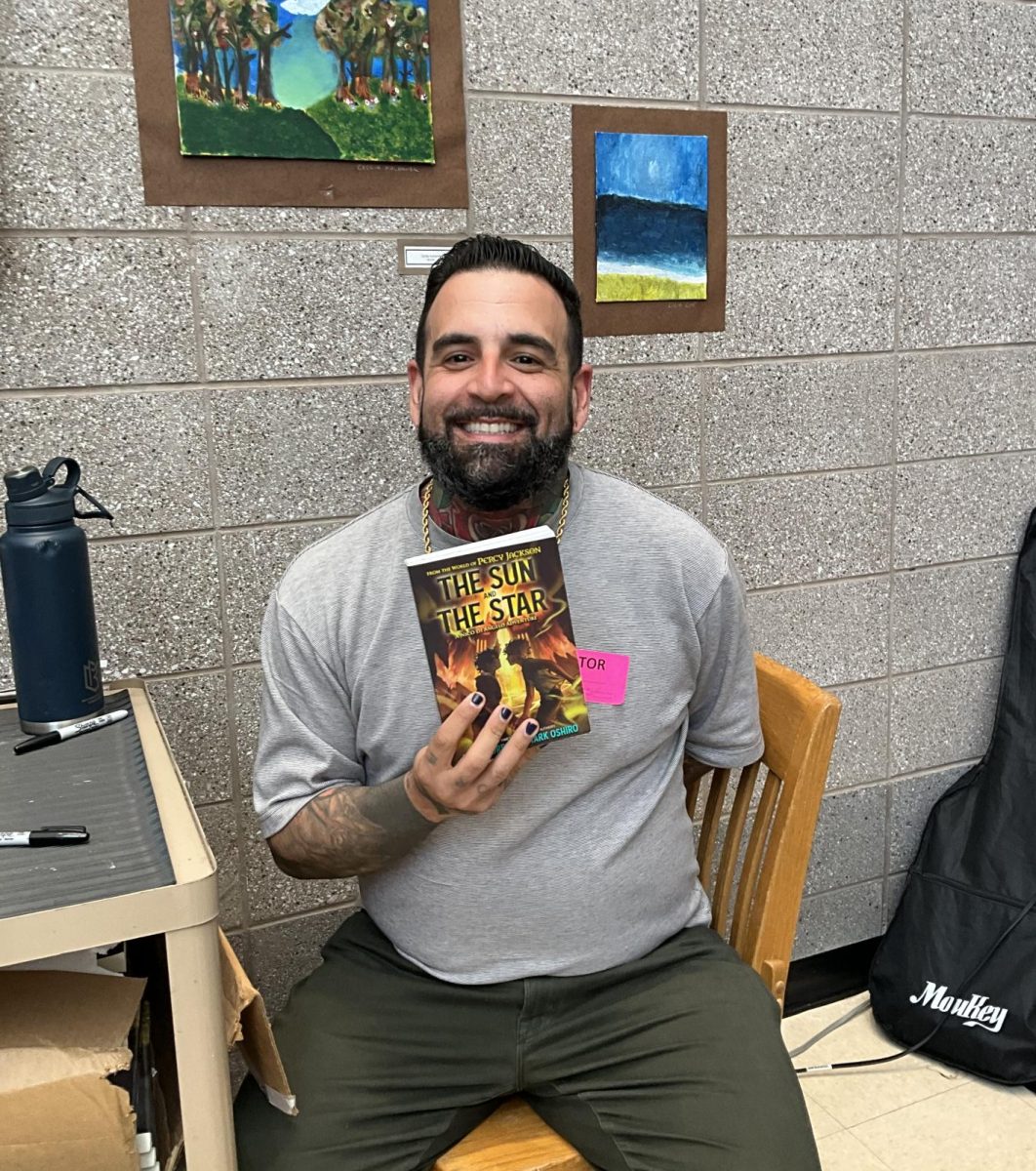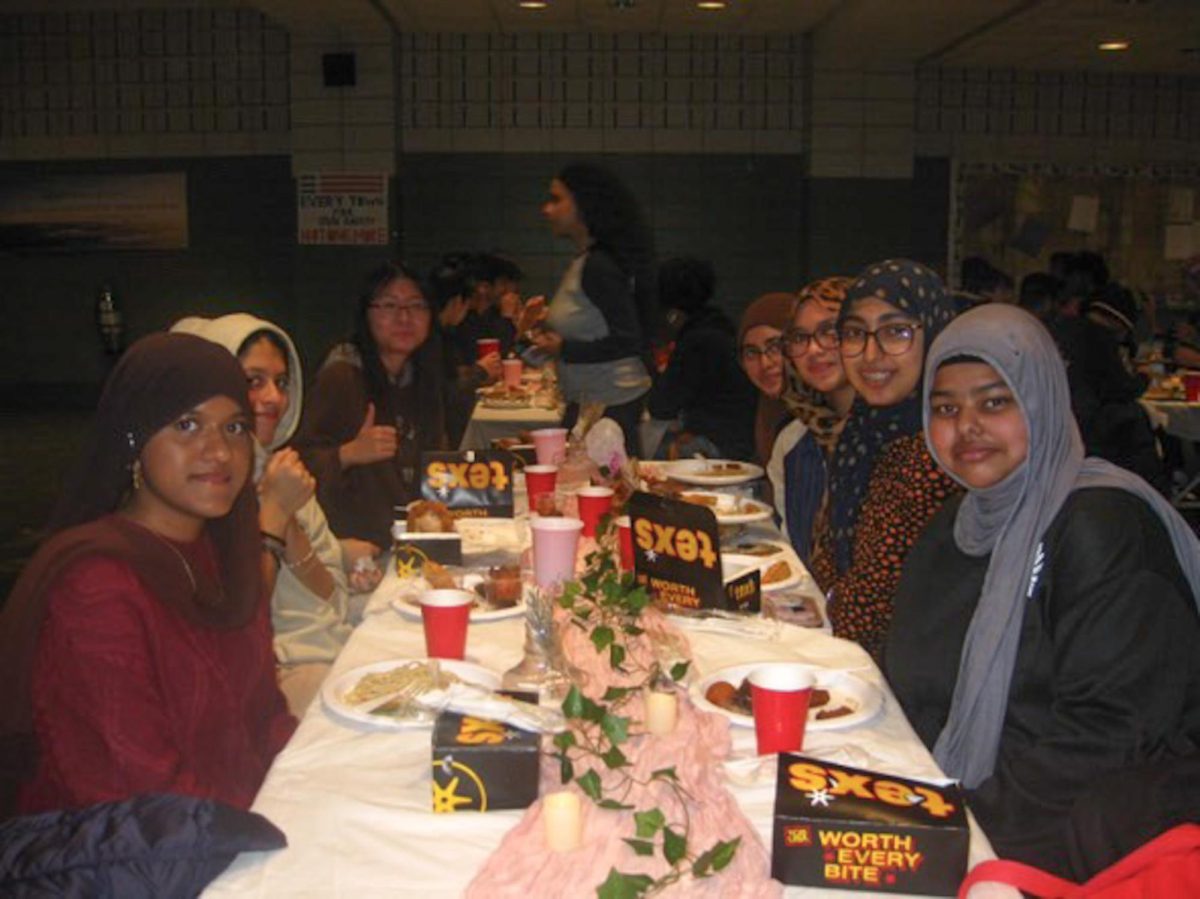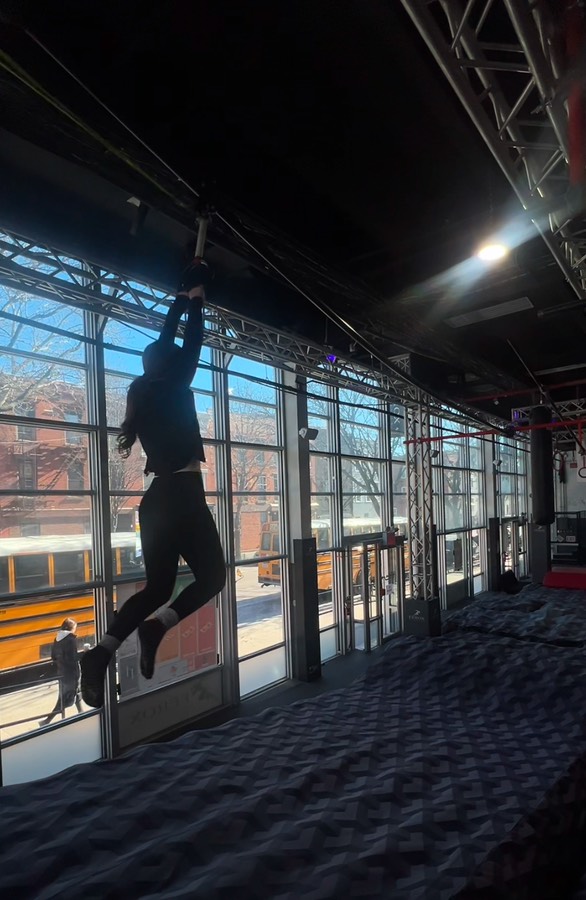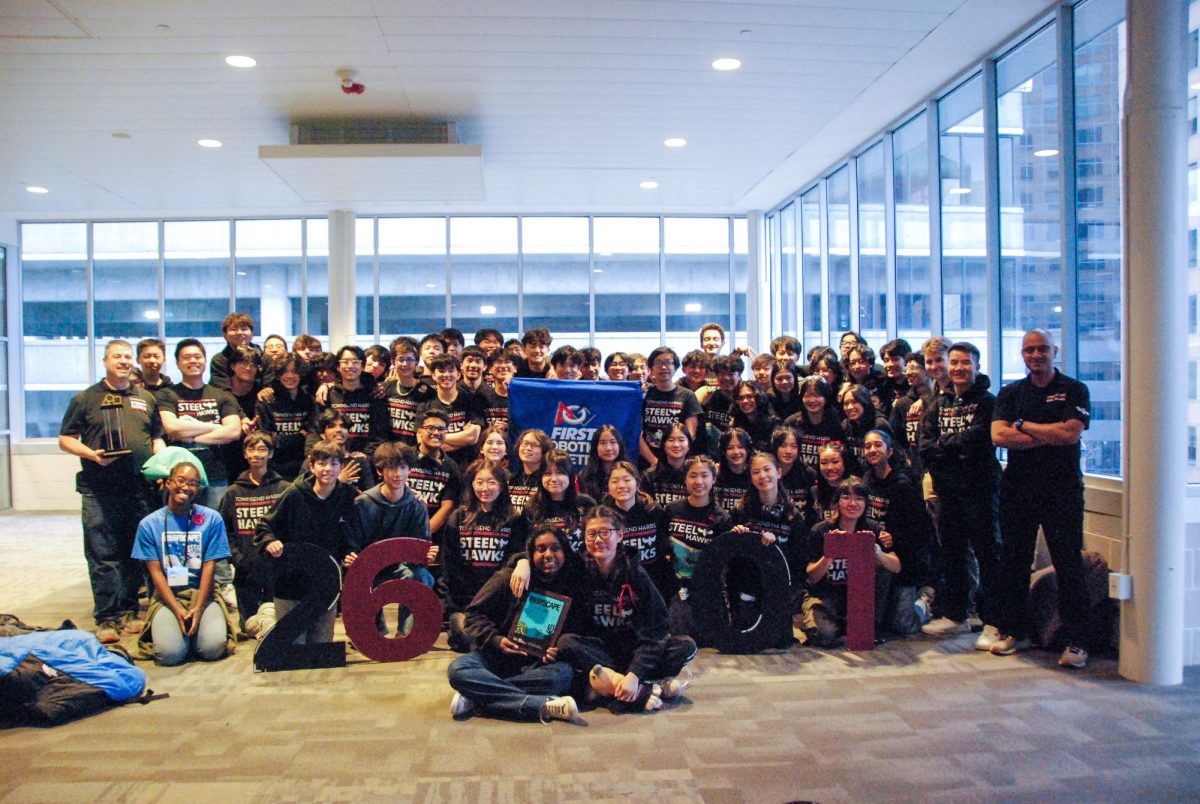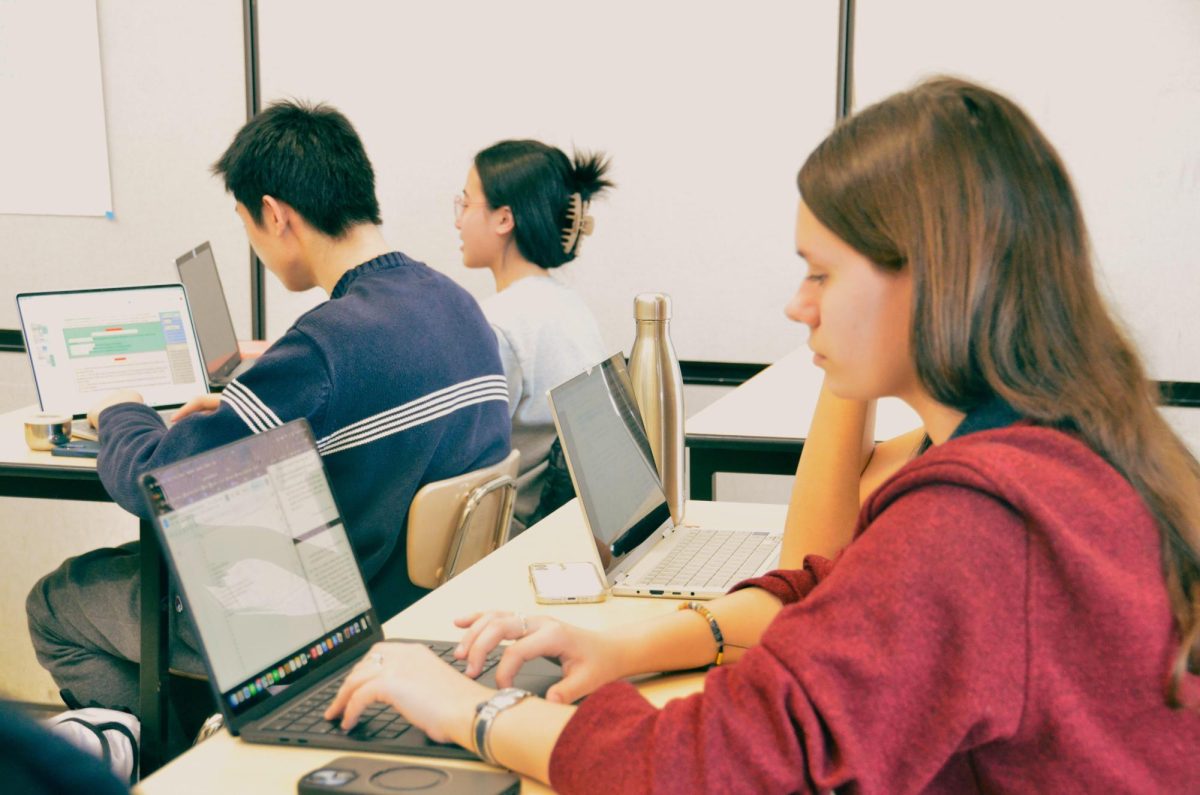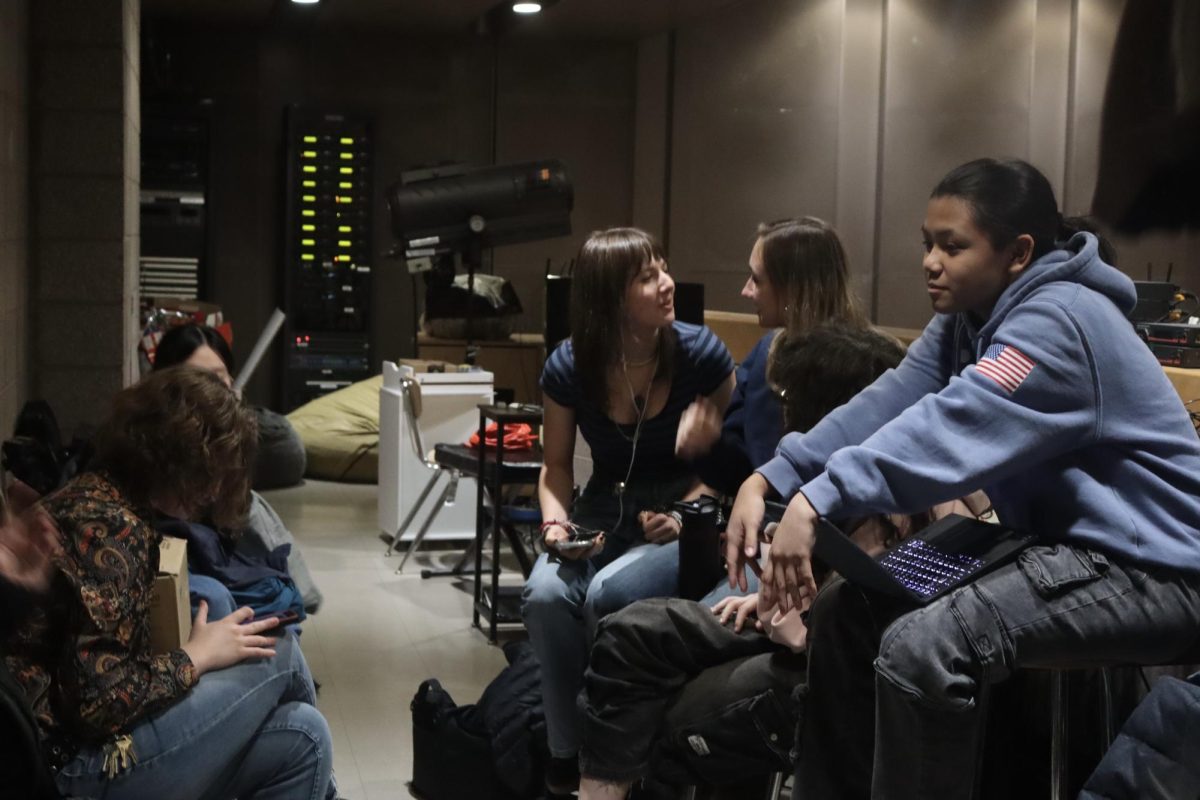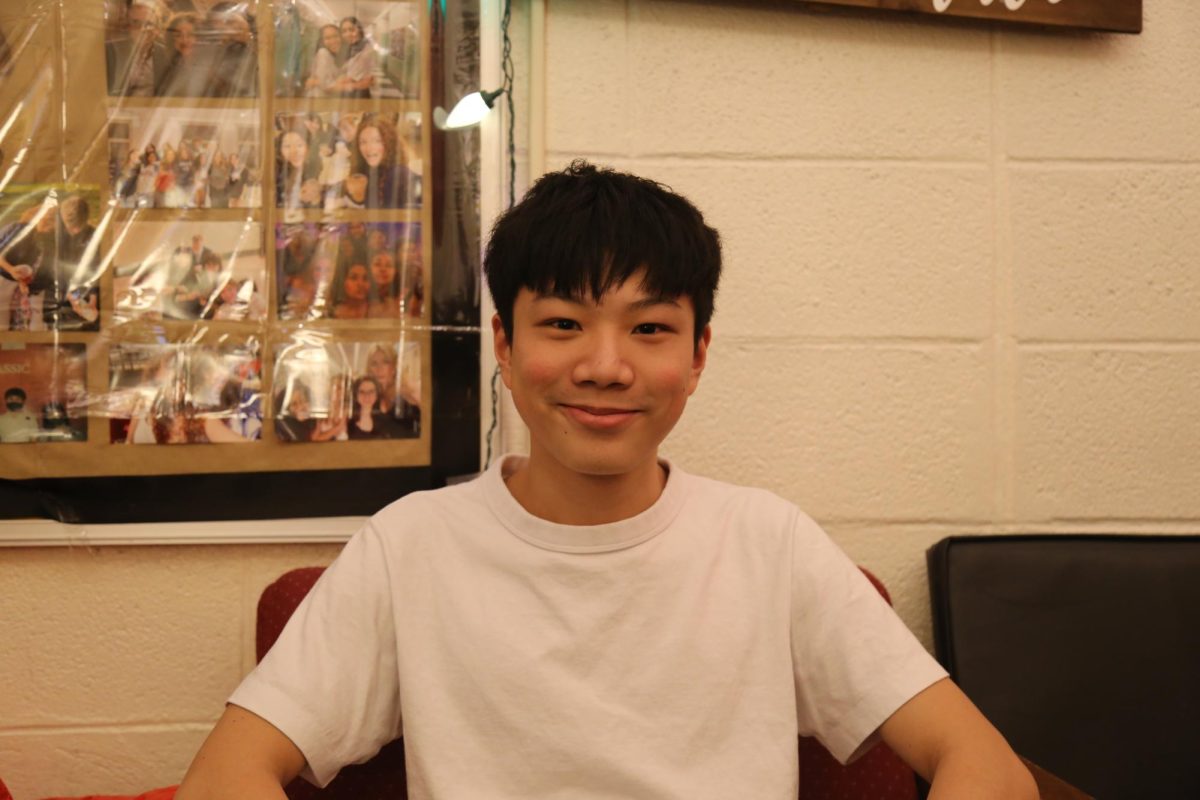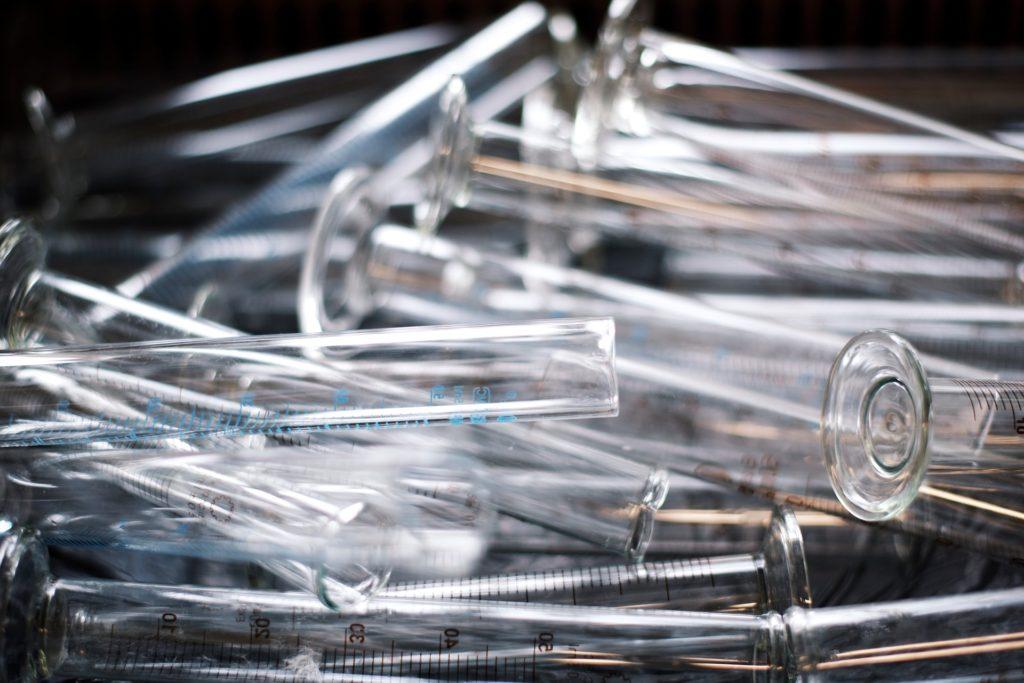
The Terra New York City Science and Engineering Fair (T-NYCSEF) calls upon local high school students to conduct research in any STEM field ranging from physics to psychology. Through different types of innovative projects, finalists are determined through two judging rounds. In late March, four seniors in the Townsend Harris science research program advanced to the finals, two of them set to represent THHS and NYC at the international competition this upcoming May.
Competing in T-NYCSEF is an opportunity offered to junior and senior science research students at THHS. Though the fair is open to any high school student in NYC, Harrisites who undergo the latter stages of the science research elective sequence are encouraged to submit their independent research projects many have been developing since the summer. If a student or team advances to the finals round, they are invited to present their research in multiple 10-minute interview time slots followed by a Q&A session where the judges ask students about their thought processes and specific aspects of their research.
Senior Fay Wong participated in the fair last year and is one of this year’s current finalists. Her project, titled, “Impact of Race Aligned Messages Promoting Healthy Eating Habits on Snack Food Choices in Mid-Adolescent Women,” focused on how racial messaging affects eating habits for mid-adolescent women. Competing in the behavioral and social sciences category, “I chose this topic because I was interested in studying eating disorders in continuation of my Girl Scout Project to help girls overcome dangerous food relationships,” she said.
At another opportunity for science research students, the Junior Science and Humanities Symposium (JSHS), Fay said she was able to see and observe what others had done in behavioral and social sciences study as some “studied housing inequity, while others studied student habits.”
Another student in science research who entered the fair last year, senior Sonia Hasko, conducted research in environmental science with her project “The Influence of Hudson River Discharge and Hurricanes on the Absorption Coefficient of Chromophoric Dissolved Organic Matter in the New York-New Jersey Bight.” Through analyzing organic matter in the Hudson River, she studied aquatic ecosystems through remote satellite sensing in an effort to understand more about natural disasters and climate change. With help from Dr. Sarah Rosengard, an oceanographer and Assistant Professor of Environmental Chemistry at the School of the Art Institute of Chicago, Sonia used MATLAB software to execute her project.
“I studied the absorption coefficient of chromophoric dissolved organic matter (aCDOM) in the waters south of New York City (the NY/NJ Bight), with the intention of analyzing trends in aCDOM as well as connecting this variable to hurricanes and Hudson River flow patterns,” Sonia said.
At T-NYCSEF, Sonia won the Stockholm Water Prize, the Association of Women Geoscientists award, and received high honors.
Seniors Michelle Wu and Jasmine Palma (who is a Classic editor) worked in partnership to complete their research titled, “Learning from the Shadows: Exploring North Polar Impact Craters in Mercury’s Permanently Shadowed Regions.” Using a planetary interface developed by the Applied Coherent Technology Corporation, the pair used data from NASA’s Mercury Surface, Space Environment, Geochemistry and Ranging (MESSENGER) spacecraft, the Arecibo Radio Telescope, and other data sets to gain understanding into the planet’s magnetic field, geological properties, and the processes that generate and deposit ice harbored within craters.
“We were able to garner insightful information about the craters, including their depth, diameter, magnesium to silicon elemental abundance ratio, and potential radar-bright deposits,” Michelle said. Last year, Michelle and Jasmine competed at the Regeneron International Science and Engineering Fair with their research study comparing crater morphology and cratering efficiency between the Moon and Mercury. Building off of their experience last year, they implemented new variables to advance their research, fixating on Mercury’s magnetic field in particular.
The two won first place in the Physics and Astronomy category. Selected out of an applicant pool of over 400 projects, Jasmine and Michelle will once again go on to represent NYC in the Physics and Astronomy category alongside 13 other students at the Regeneron International Science and Engineering Fair in Atlanta, Georgia in early May.
Discover more from The Classic
Subscribe to get the latest posts sent to your email.

